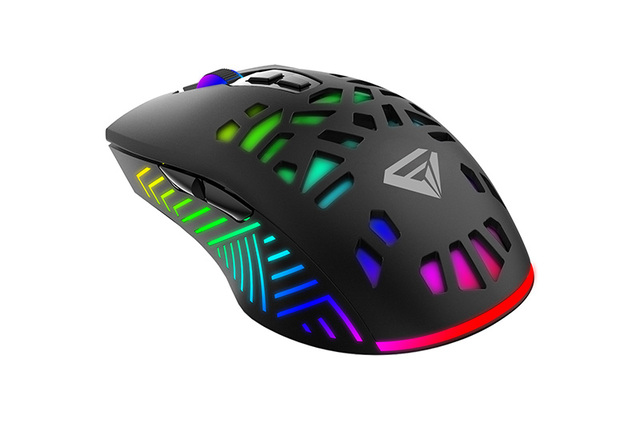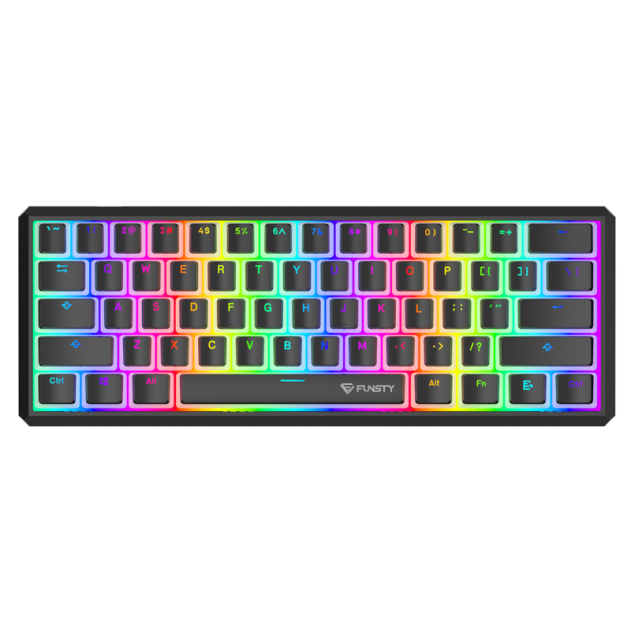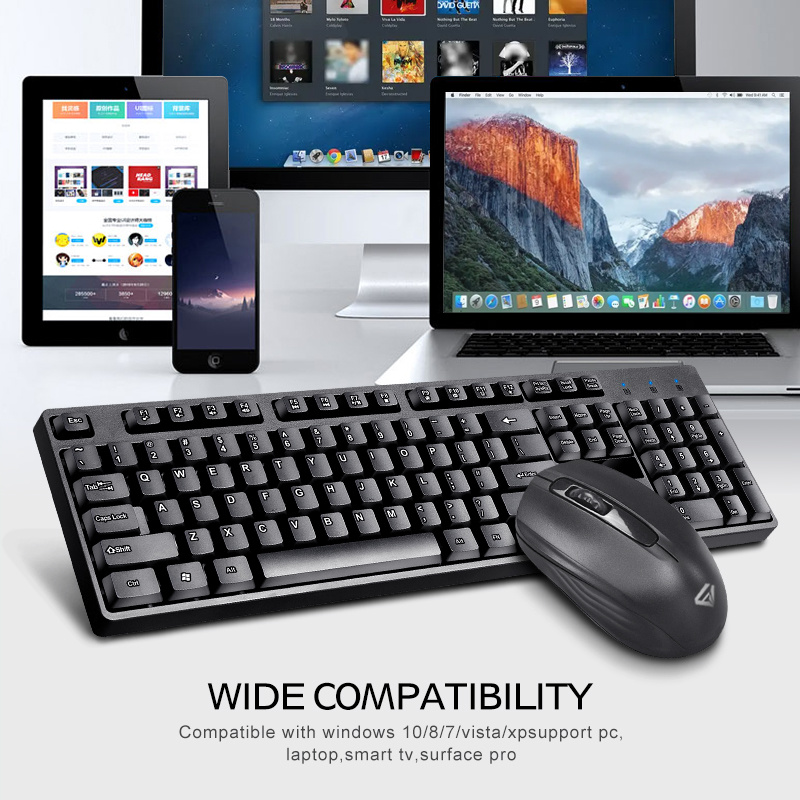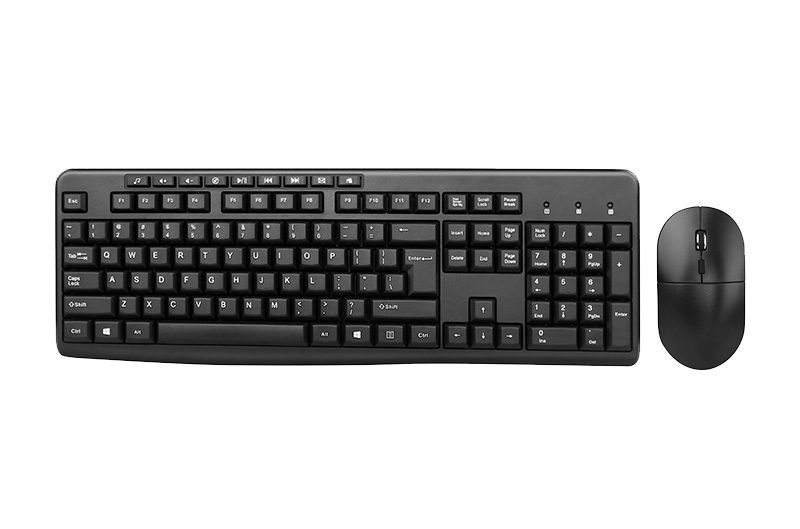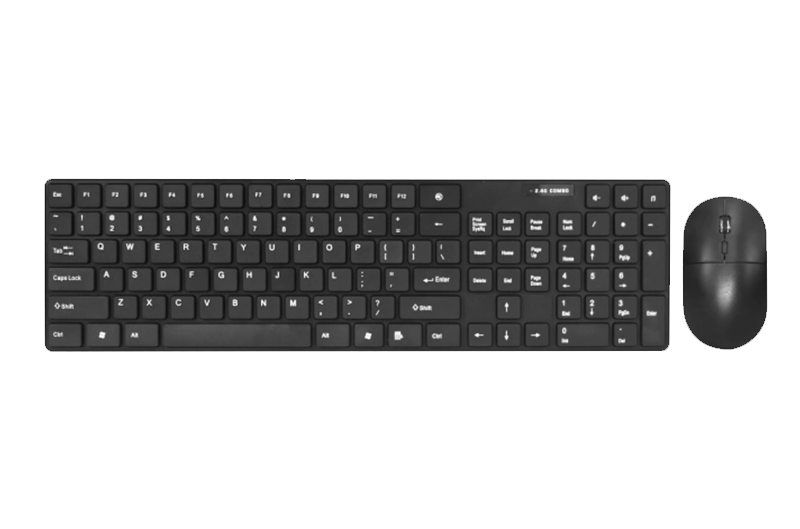Optical Mouse The Revolutionary Input Device
Release time:
2023-11-10
The computer mouse has come a long way since its inception in the early 1960s. From the first wired ball mouse to the wireless Bluetooth devices we use today, the mouse has become an essential input device for computing. However, one of the most significant advancements in mouse technology is the optical mouse. In this article, we will explore what an optical mouse is, how it works, and why it has become so popular.

What is an Optical Mouse?
An optical mouse is a type of computer mouse that uses an optical sensor to track movement. Unlike traditional mice that use a rubber ball to detect movement, optical mice use a light source and a sensor to track the movement of the mouse on a surface. This allows for more precise tracking and greater accuracy than traditional mice.
How Does an Optical Mouse Work?
An optical mouse consists of three main components: a light source, an optical sensor, and a moving surface. The light source is usually an LED or laser diode that shines onto the surface below the mouse. The optical sensor then detects changes in the light as the mouse moves across the surface.
One of the key advantages of an optical mouse is that it can work on any surface, including glass, which traditional mice cannot. This makes optical mice ideal for use with laptops, which are often used on various surfaces.
Advantages of Optical Mice
There are several advantages to using an optical mouse over traditional mice. One of the main benefits is increased accuracy. Optical mice can track movement with greater precision, making them ideal for tasks that require fine control, such as graphic design or video editing.
Another advantage of optical mice is their durability. Because they have no moving parts, optical mice are less prone to wear and tear than traditional mice. This means they can last longer and require less maintenance.
Optical mice are also more versatile than traditional mice. They can be used on any surface, including glass, which traditional mice cannot. This makes them ideal for use with laptops, which are often used on various surfaces.
Disadvantages of Optical Mice
Despite their many advantages, there are some disadvantages to using an optical mouse. One of the main drawbacks is that they can be less responsive than traditional mice, especially on textured surfaces. This can make them less suitable for gaming or other tasks that require quick reflexes.
Another disadvantage of optical mice is that they can be more expensive than traditional mice. While prices have come down over time, high-end optical mice can still be quite costly.
In conclusion, optical mice are a significant advancement in computer mouse technology. They offer increased accuracy, durability, and versatility over traditional mice, making them ideal for a wide range of tasks. While they may not be suitable for all users or all surfaces, optical mice have become an essential input device for many computer users. As technology continues to evolve, it will be interesting to see what new innovations in mouse technology emerge in the future.
RELATED NEWS

 get a quote
get a quote

